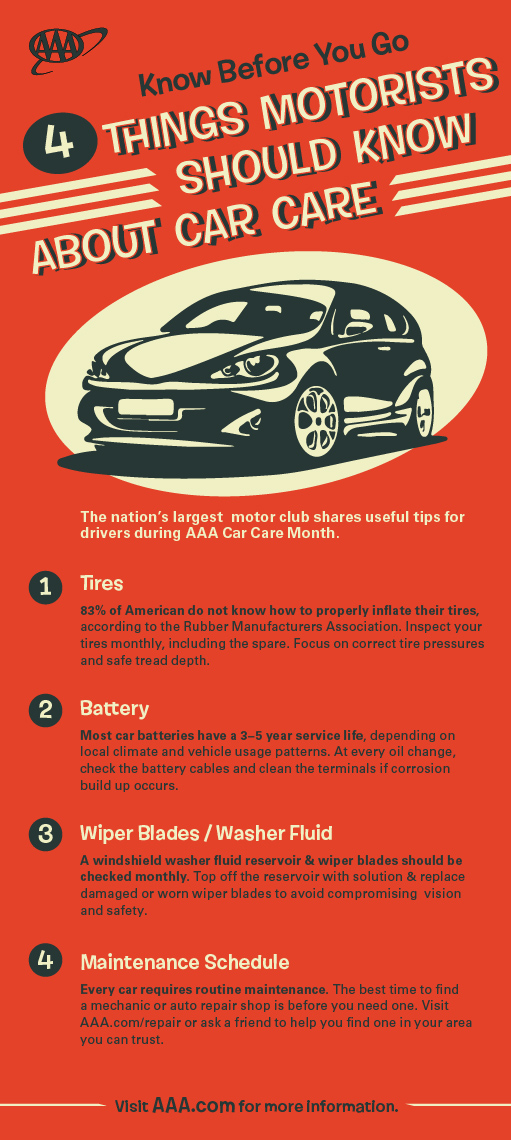Looking For Quality On The Warning Lights Displayed On Your Cars And Truck'S Dashboard? Figure Out Just How They Associate With Your Lorry'S Health And Wellness
Looking For Quality On The Warning Lights Displayed On Your Cars And Truck'S Dashboard? Figure Out Just How They Associate With Your Lorry'S Health And Wellness
Blog Article
Authored By- detailauckland
When you're behind the wheel, those radiant caution lights on your control panel can be a little bit perplexing. Do you recognize what they're trying to inform you about your auto's health? Understanding the relevance of these lights is crucial for your safety and the long life of your lorry. So, the following time among those lights turns up, wouldn't you want to decode its message precisely and take the needed actions to resolve it?
Common Caution Lights and Interpretations
Determine typical caution lights in your auto and understand their definitions to guarantee safe driving.
One of the most common caution lights consist of the check engine light, which indicates concerns with the engine or emissions system. If this light comes on, it's critical to have your car examined without delay.
The oil pressure warning light suggests low oil pressure, requiring instant attention to stop engine damages.
A flashing battery light could recommend a damaged charging system, possibly leaving you stranded if not addressed.
The tire stress monitoring system (TPMS) light signals you to low tire pressure, influencing automobile security and gas performance. Ignoring this could lead to hazardous driving conditions.
The abdominal light indicates a problem with the anti-lock braking system, compromising your capacity to quit rapidly in emergency situations.
Last but not least, the coolant temperature level advising light warns of engine getting too hot, which can lead to serious damage if not solved swiftly.
Comprehending these usual warning lights will certainly help you resolve issues quickly and preserve safe driving problems.
Relevance of Prompt Attention
Recognizing the common caution lights in your auto is only the initial step; the relevance of without delay addressing these cautions can not be highlighted sufficient to ensure your safety when driving.
When a warning light illuminates on your control panel, it's your car's way of connecting a prospective problem that requires attention. Neglecting https://www.washingtonexaminer.com/opinion/virginias-vehicle-inspection-scam-exists-to-profit-repair-shops can result in extra serious problems later on, endangering your safety and security and potentially costing you extra in repairs.
Trigger interest to cautioning lights can protect against break downs and mishaps. For instance, a flashing check engine light can show a misfire that, if left unattended, might cause damages to the catalytic converter. Resolving this without delay can save you from a pricey repair service.
In a similar way, a brake system warning light might signify reduced brake fluid or used brake pads, crucial parts for your security when driving.
DIY Troubleshooting Tips
If you observe a caution light on your dashboard, there are a few DIY troubleshooting ideas you can attempt prior to looking for specialist aid.
The first step is to consult your auto's handbook to recognize what the specific caution light shows. Often the concern can be as easy as a loose gas cap causing the check engine light. Tightening up the gas cap might solve the issue.
One more common problem is a reduced battery, which can activate numerous advising lights. Examining the battery connections for rust and guaranteeing they're safe and secure may deal with the problem.
If a caution light persists, you can attempt resetting it by disconnecting the auto's battery for a couple of minutes and after that reconnecting it. Furthermore, examining your vehicle's liquid degrees, such as oil, coolant, and brake liquid, can help fix warning lights connected to these systems.
Verdict
Finally, understanding your cars and truck's caution lights is important for maintaining your automobile running efficiently and safely. By without delay addressing these signals and recognizing what they mean, you can avoid expensive repair work and possible malfunctions.
Remember to consult your car's guidebook for certain details on each alerting light and do something about it accordingly to make sure a hassle-free driving experience.
Keep notified, stay secure when traveling!
